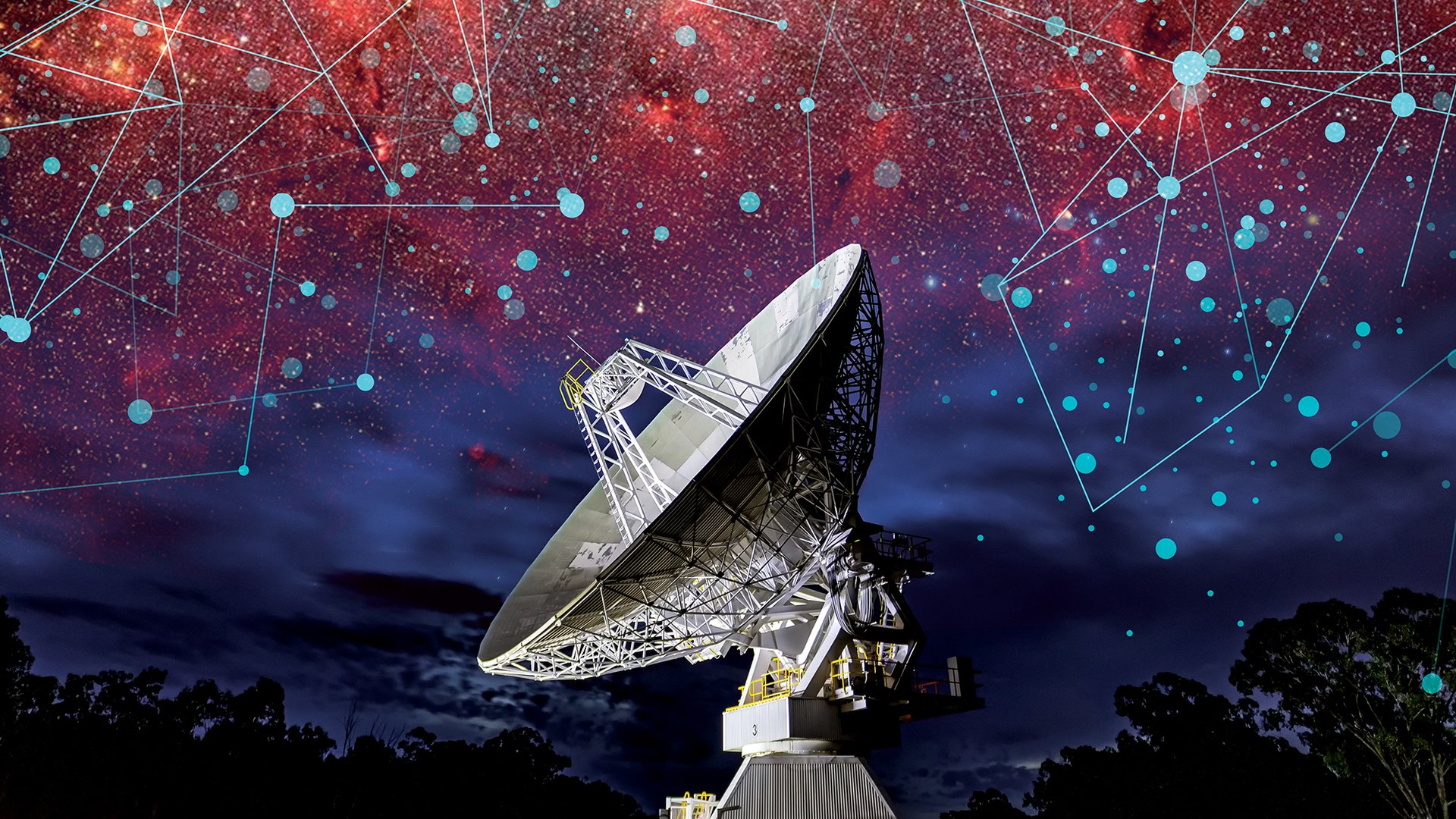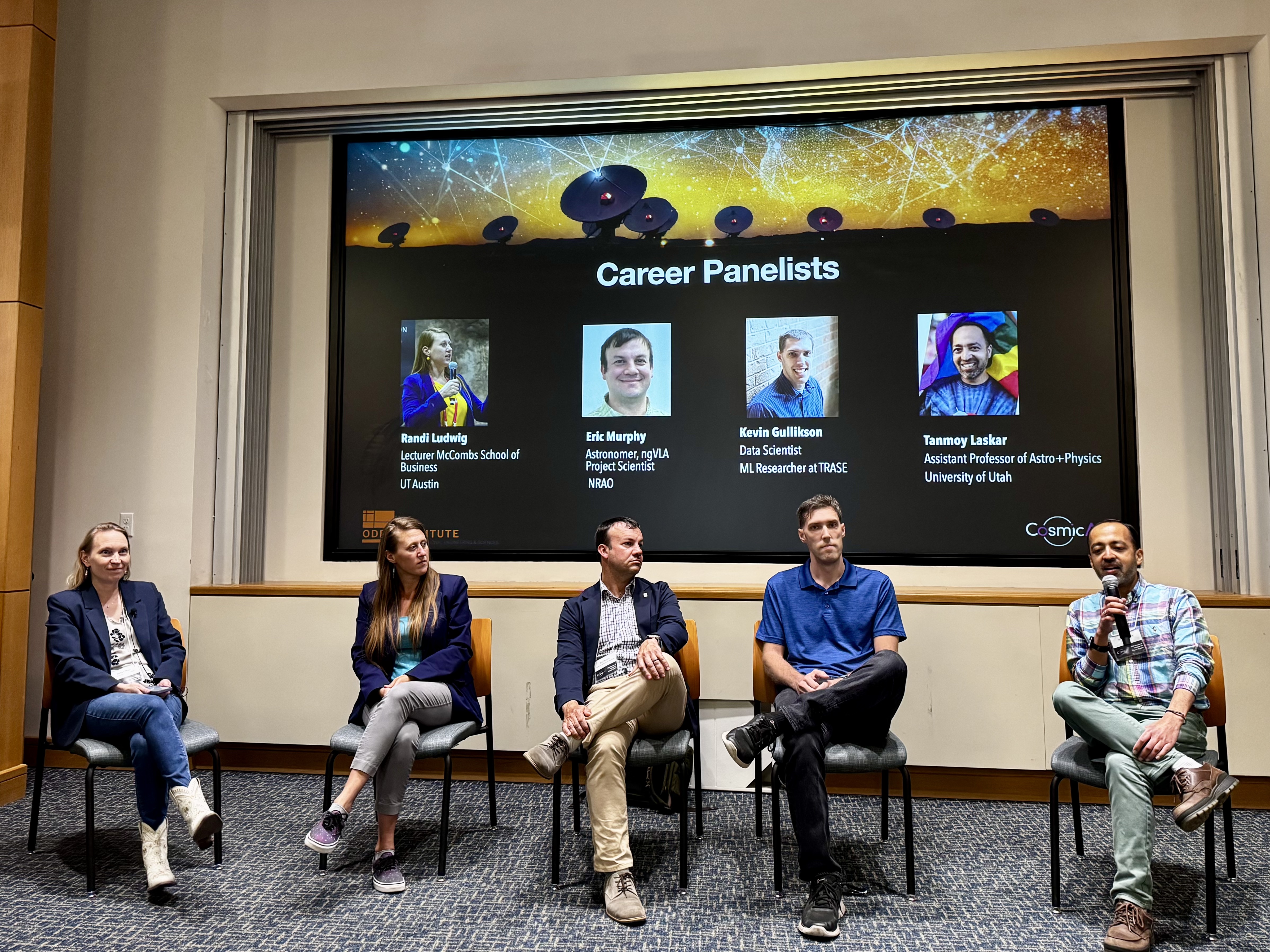Astronomy offers an exciting frontier for the advancement of large language models and artificial intelligence. These powerful tools are poised to revolutionize the field, helping sift through vast quantities of existing and new data streaming from powerful current and next-generation telescopes. With the cosmos still shrouded in countless mysteries, these tools will help astronomers answer the questions: What is our place in the universe? How did the universe evolve, and what fate awaits it?
The launch of the NSF-Simons AI Institute for Cosmic Origins (CosmicAI), in October 2024 at the Oden Institute for Computational Engineering and Sciences, marked a natural evolution in Stella Offner’s career. As director of CosmicAI and a professor of astronomy at The University of Texas at Austin, Offner now leads efforts to harness artificial intelligence to probe some of the Universe’s most profound mysteries.
The collaborative team, which brings together seven research entities, aims to improve efficiency, explainability, and accessibility of AI and astronomy methods, with goals of building an astronomy AI “co-pilot” and serving as a nexus for collaboration including education initiatives.
“Our goals are to inspire people, gain a better understanding of the universe, develop innovative open-source AI tools for astronomy, and create educational opportunities,” Offner said. She also co-directs the Center for Scientific Machine Learning, which is also housed at UT's Oden Institute.



